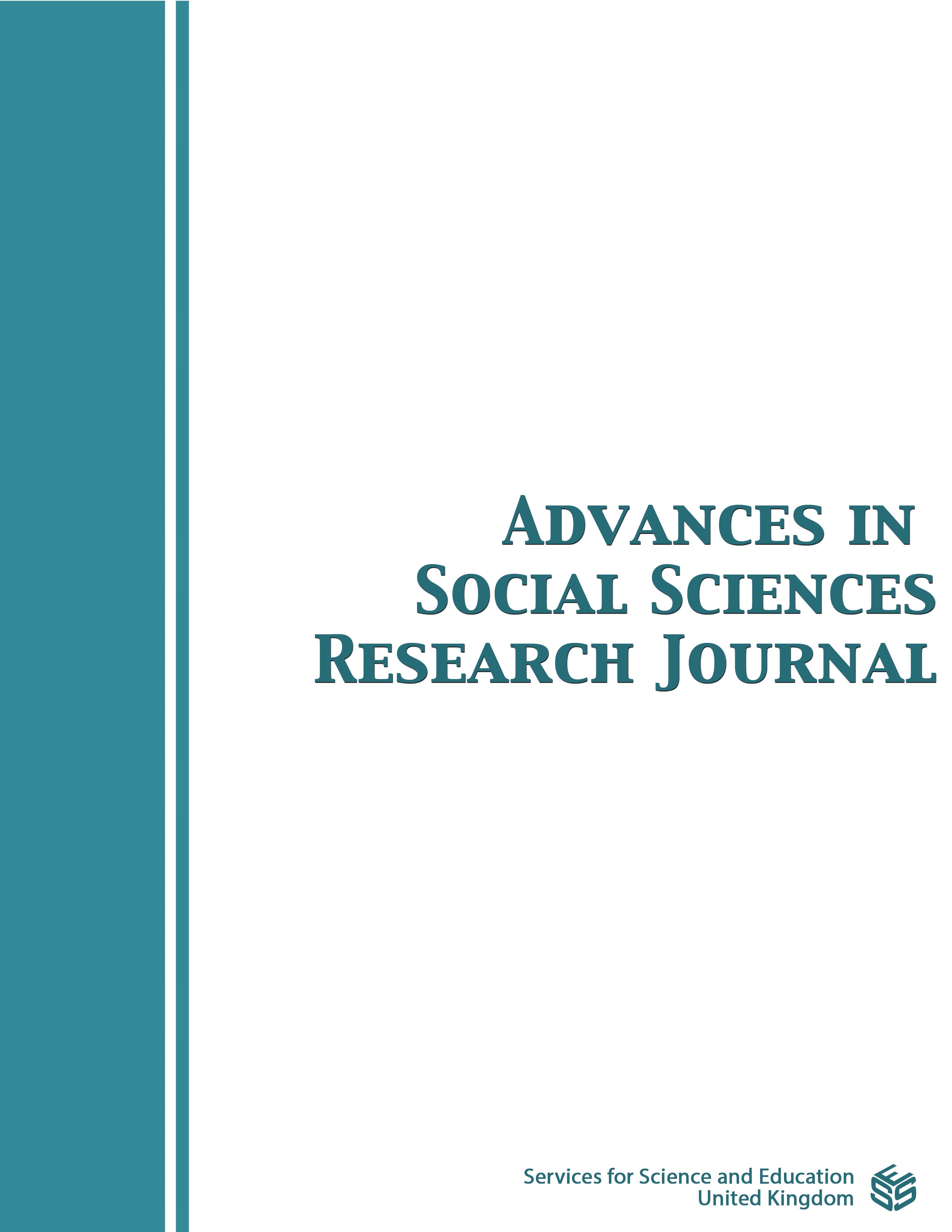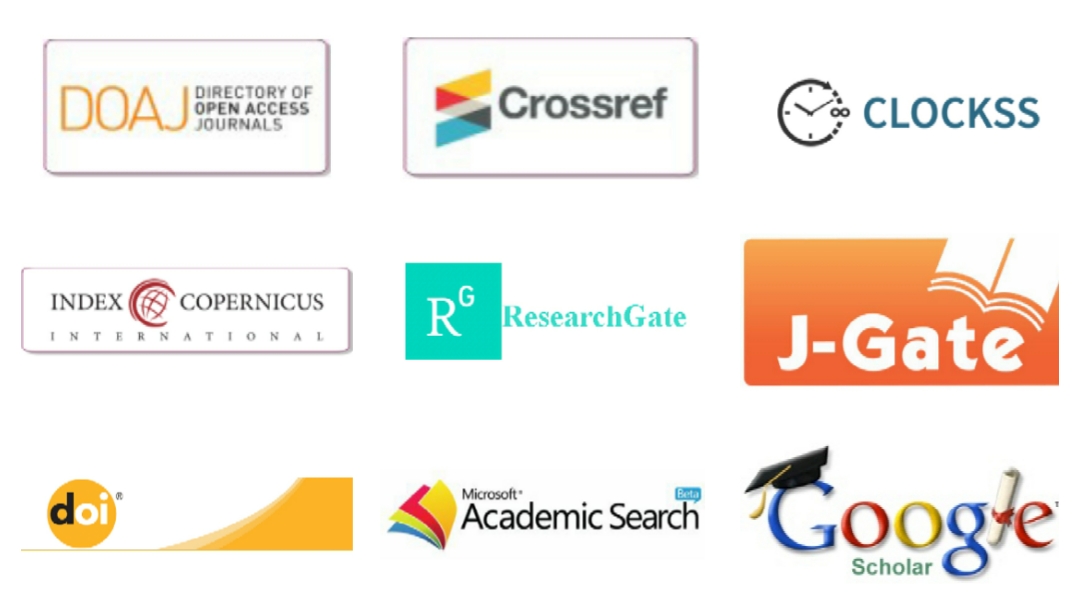An Investigation of Factors that Contribute to Qualified External Audit Reports at The University of Zambia
Keywords:
Qualified external audit, internal audit, monitoring, UNZA, ZambiaAbstract
This research sought to investigate factors that contribute to qualified external audit reports at the University of Zambia (UNZA). The researchers used survey questionnaires through the Survey Monkey software and the interview schedules to collect data. There were 50 questionnaires distributed and 50 were received, giving a response rate of 100%. The researchers used UNZA Management, Accounting and Auditing staff as respondents. A descriptive study approach was used. Consequently, there are a lot of factors that lead to qualified external audit reports at UNZA. These include lack of supporting documents for expenses, lack of bank confirmations, differences between the bank reconciliations and the trial balance. Other factors are low level of professional competence and negative attitude towards work, inadequate accounting staff and lack of motivation among the subordinates. As a remedy, the research proposed recommendations which could be used to mitigate the qualified external audit reports at the Institution. These include adopting ICT systems and an accounting package that would be able to produce all the necessary accounting and financial reports, to improve on vouching, filing and record keeping for both financial and non-financial records. Other recommendations are continuous training and mentoring of both accounting and non-accounting staff, management to improve staff welfare by ensuring adequate staffing levels as well as introducing incentives to keep staff motivated.
Downloads
Published
How to Cite
Issue
Section
License
Copyright (c) 2023 Vincent Kanyamuna

This work is licensed under a Creative Commons Attribution 4.0 International License.
Authors wishing to include figures, tables, or text passages that have already been published elsewhere are required to obtain permission from the copyright owner(s) for both the print and online format and to include evidence that such permission has been granted when submitting their papers. Any material received without such evidence will be assumed to originate from the authors.






